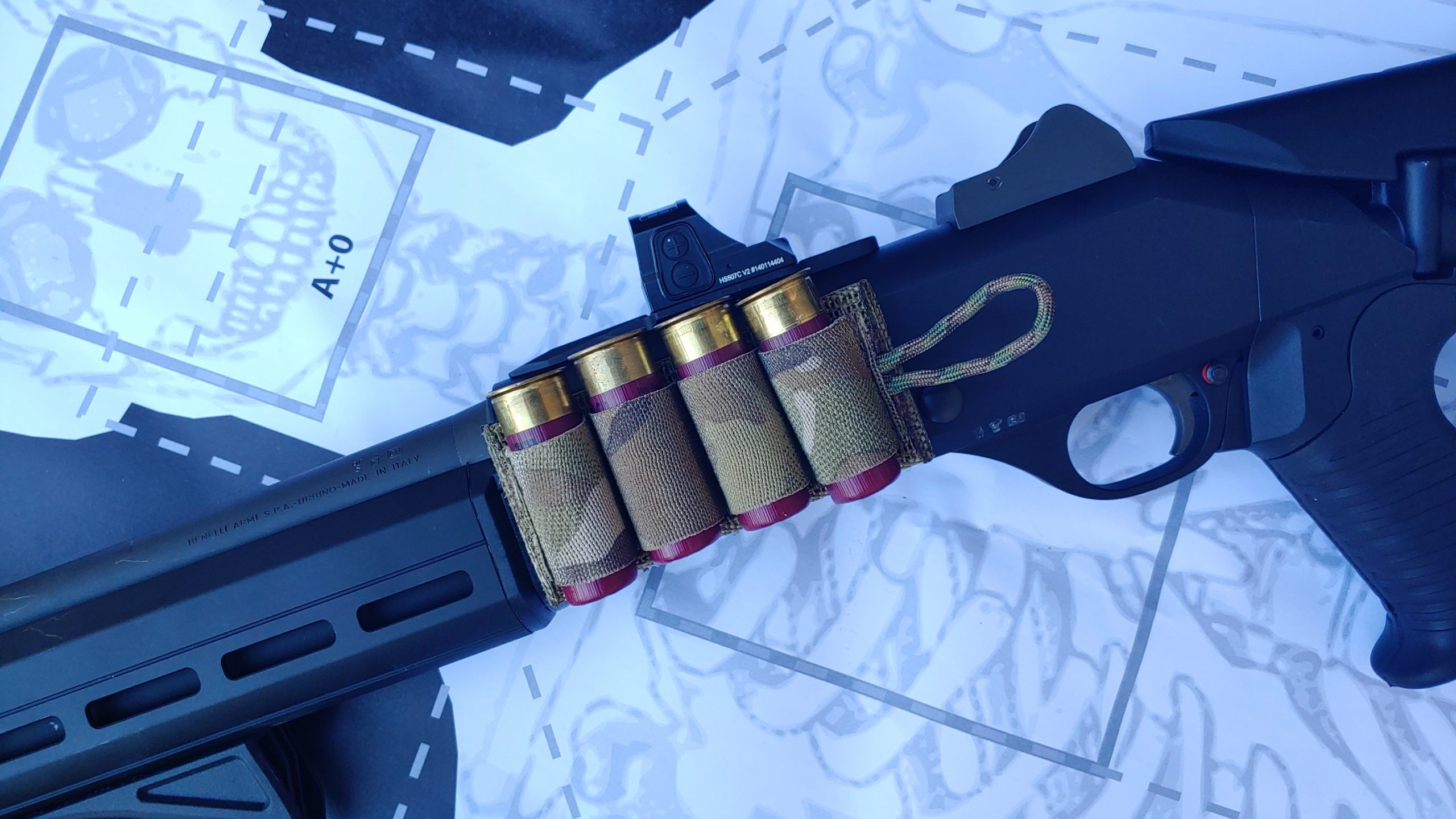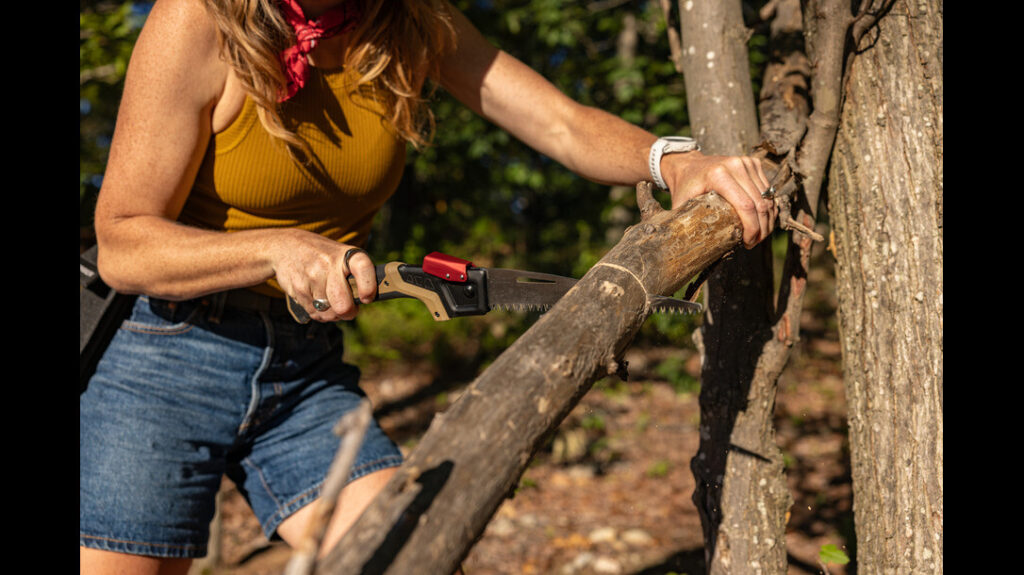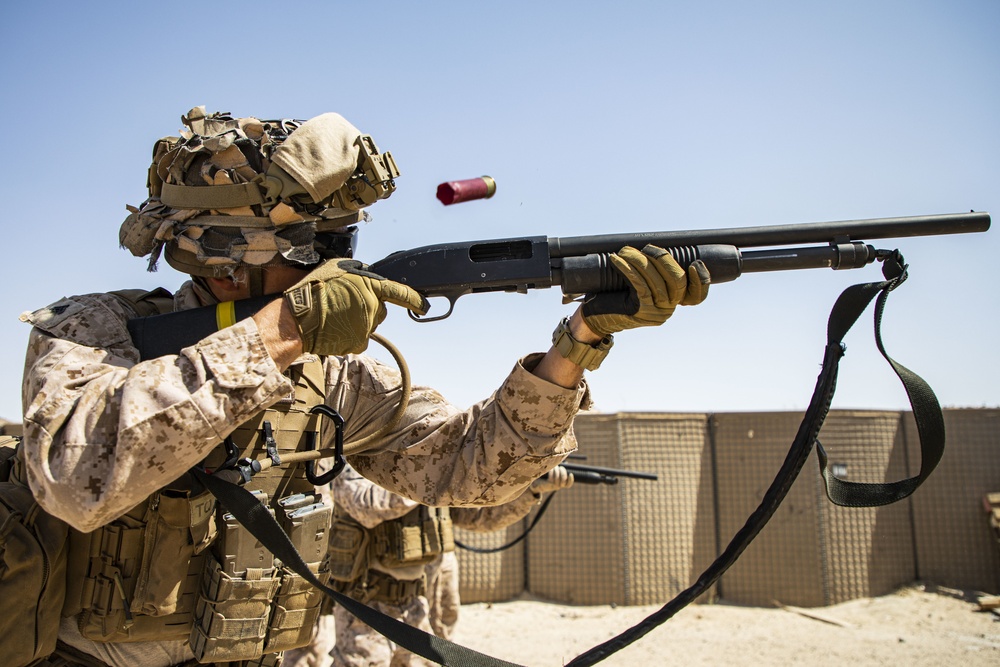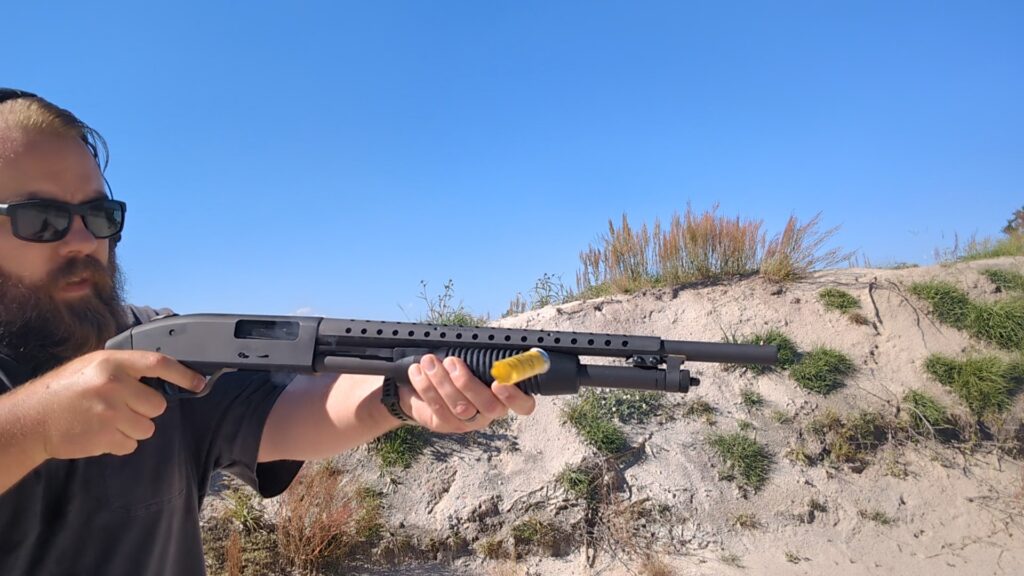They say every bullet has a lawyer attached to it, and the same goes for shotguns. Except you are firing 8 to 24 lawyers per trigger pull. Each pellet from a shotgun has the potential to kill another person should it miss your intended target. Pellet accountability is a critical component of using the defensive shotgun. If a pellet misses and strikes an innocent person, you are legally and morally liable for that.
Pellet Accountability and You
There are three ways you can increase your pellet accountability among all shotguns.
Use the Right Ammo
The best ammo you can use is Federal Flitecontrol 8 pellet buckshot. The next best is Hornady Black 8 pellet buckshot. Both these loads use a specialized shot cup that keeps your pattern tight. Within ten yards, the concentration of pellets is still one big hole. These are the two tightest grouping shotgun loads I’ve ever used.
Advertisement — Continue Reading Below

If you can’t find either of those loads, I’d look for a 00 load with eight pellets. Nine pellet buckshot gives you one more pellet, but nine pellet buckshot will often have a ‘flyer.’ A flyer is a pellet that separates from the shot and hits somewhere randomly. Eight pellet buckshot is less likely to have a flyer.
I also suggest 00 buckshot because it’s hard to find purpose-built loads in other shot types. You can find No 1 and No 4, but they are rarely loaded and intended for defensive use. They’ll work, but their spread is likely to be increased. A higher spread with a greater number of pellets creates more of a chance for a stray pellet.
Advertisement — Continue Reading Below
Pattern Your Ammo
If you have a defensive shotgun and you haven’t patterned it, go do that right now. Patterning is the act of shooting a paper target at various ranges and observing how your shot patterns. This won’t tighten your spread or increase your pellet accountability all by itself, but it allows you to observe and notate what performance you can expect from your gun and your chosen load.
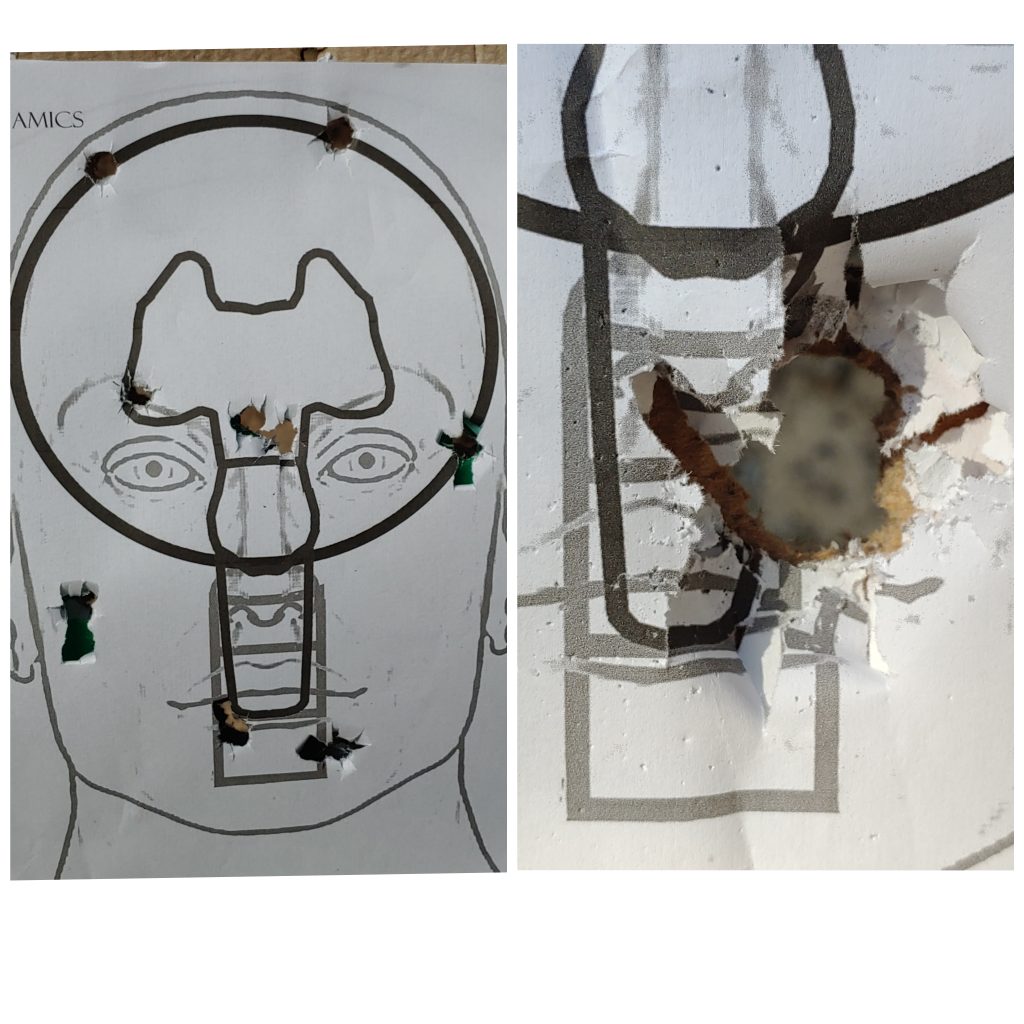
I pattern at 5, 10, and 15 yards, and that’s it. My shotgun is for use inside the home, and the furthest shot I can make inside my home is 12 yards. If you use a shotgun tactically, it might be wise to pattern out as far as 25 yards.
If you pattern at 10 yards and find your spread to be too wide, then you should swap ammo or check your shotgun’s choke. Most defensive rounds are made for cylinder bore chokes. Imagine my surprise when my Benelli M4 was throwing garbage patterns with great ammo. I then popped out the choke and realized, for some reason, Benelli put an improved choke in the gun. Adding a cylinder bore choke fixed that up just right.
Advertisement — Continue Reading Below
Add an Optic
Yep, believe it or not, adding an optic can help you with pellet accountability. The optic, in particular, should be a red dot with a circular reticle design. The Eotech type reticle is well suited for it, but tighter reticles are even better. I love the 32 MOA circular reticle on my Holosun 507C. Optics like the SIG Romoe5 XDR standard and Predator can work, as can an Eotech or other red dots with circle-based reticles.
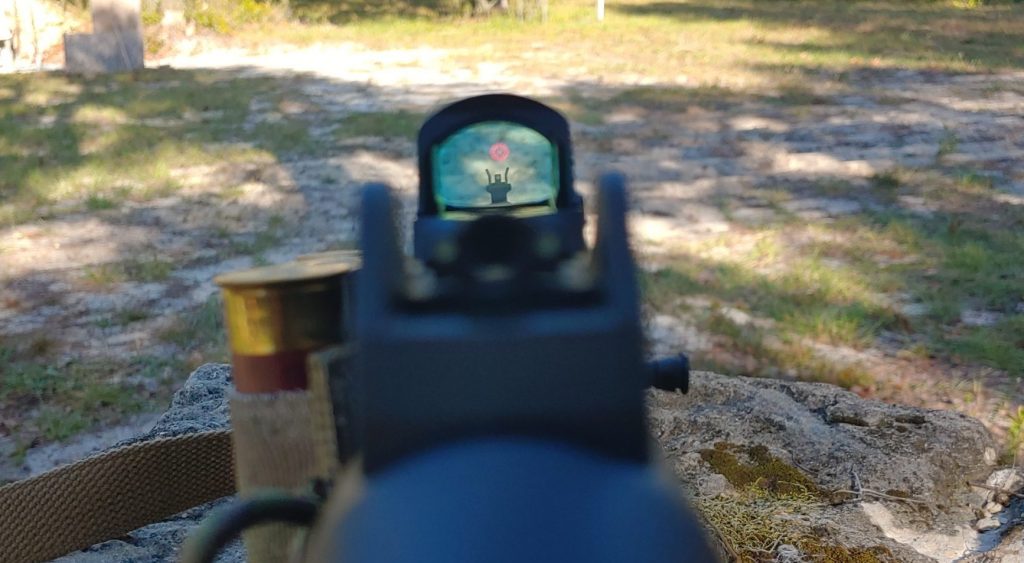
These types of reticles allow you to increase pellet accountability by combining your ammo and known patterns. You can use the reticle to enforce your pattern on the fly. I patterned my Benelli with the Holosun, and it’s 32 MOA reticle with my chosen load. I know that my pattern will stay perfectly inside that circle at 12 yards and almost 15 yards.
Advertisement — Continue Reading Below

Knowing how far your shot pattern stays inside of that reticle allows you to know on the fly the risk of losing some pellets or having flyers. For inside the home, it’s a great solution and makes it easy to tighten up and know what is going where.
Train, Train, Train
Obviously, the best way to make sure your shot is hitting the target is to be able to accurately shoot your gun. That’s the first step, and I hope most of you are there by the time you start implementing these procedures. Pellet accountability is paramount when using a shotgun. Keep it tight, keep it ready, and know where that shot pattern is going.
Advertisement — Continue Reading Below
